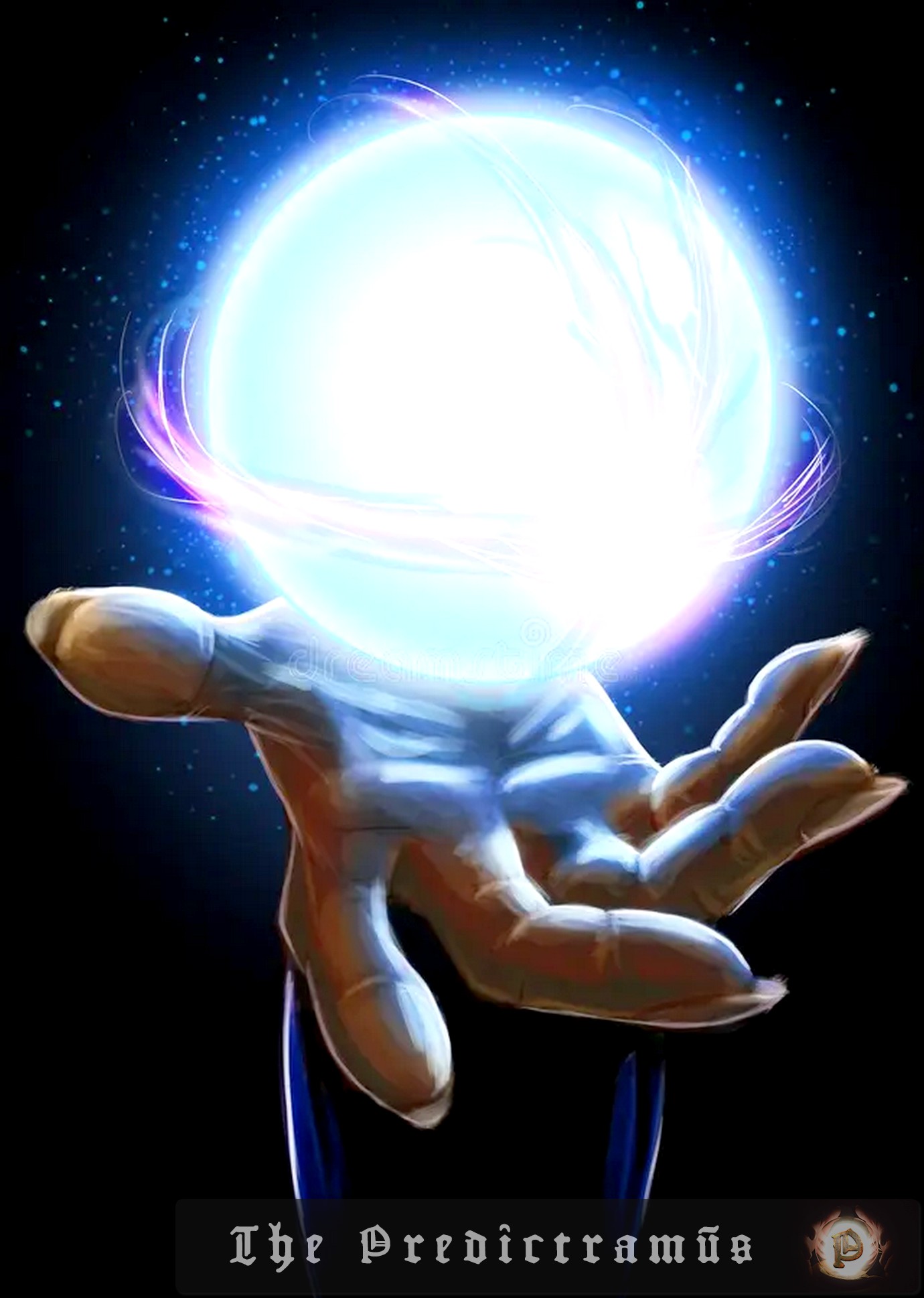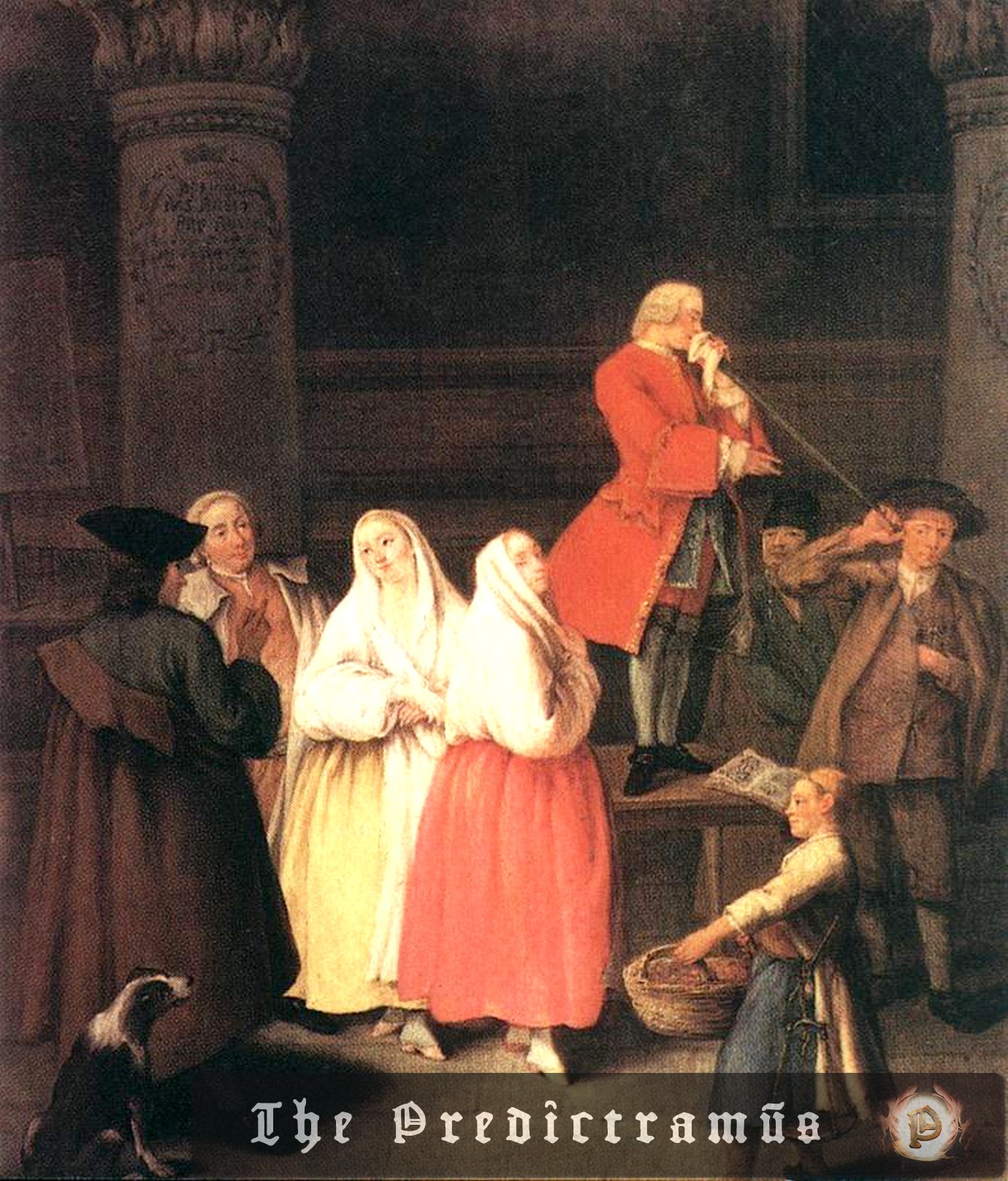Scientists have made a groundbreaking discovery of a new type of ice, called plastic ice, which exists on alien planets. This hybrid phase of water has been found to exhibit traits of both solid ice and liquid water, and its existence was confirmed through experiments at high temperatures and pressures. The discovery may help researchers…
Science on The Soothsayer / page 32
Researchers at the University of Vienna have successfully used inverse design to engineer a universal spin-wave-based device that can process data with high energy efficiency. The device, which uses magnons to transfer and process information, has the potential to revolutionize data processing techniques and could be used in applications such as cellular communications, WiFi, and…
A team of researchers has detected a neutrino from space with an unprecedented energy of 220 million billion electron volts, shattering the previous record by a factor of 20. The discovery was made using the partially built Cubic Kilometre Neutrino Telescope (KM3NeT) in the Mediterranean Sea. This breakthrough has the potential to revolutionize our understanding…
Researchers at the University of Tokyo have made a significant discovery in the field of cancer treatment. They found that low-temperature plasma, specifically streamer discharge, can inhibit tumour recurrence after surgery by reducing the recurrence rate by roughly 50%. This breakthrough has the potential to revolutionize cancer treatment and improve patient outcomes. Forecast for 6…
A German graduate student, Britta Späth, encountered the McKay conjecture, a significant open problem in group theory, in 2003. She dedicated her time to solving it, eventually teaming up with mathematician Marc Cabanes, whom she fell in love with. After 20 years of work, the couple has successfully solved the problem, providing a concrete tool…
A recent solar storm has triggered the formation of two new, persistent bands of radiation around Earth, encircling the planet in a zone previously thought to be empty. These temporary radiation belts, which could last for months or even years, pose a threat to satellites and astronauts, and may require engineers to rethink their designs…
Scientists at the KM3NeT neutrino observatory have made a groundbreaking discovery by detecting an ultra-high-energy cosmic neutrino with an energy greater than 100 PeV. This finding has the potential to revolutionize our understanding of cosmic neutrino sources and may even reveal new physics beyond the Standard Model. The detection of such a high-energy neutrino opens…
Scientists have discovered the secret to the mantis shrimp’s powerful punches, which can exceed 1,000 times the animal’s body weight without causing injury. The exoskeleton of the mantis shrimp’s club-like forelimbs is built to filter out damaging pressure waves, and its unique architecture could inspire new materials such as impact-resistant armor and aerospace structures. Forecast…
Researchers from France and Spain have developed a theoretical model to forecast the movements of confined, densely packed crowds. The study, published in Nature, analyzed high-resolution video footage of the Chupinazo opening ceremony of the San Fermín Festival in Pamplona, Spain, and revealed a change in behavior akin to a phase change when the crowd…
Researchers from the University of Naples Federico II have discovered a method of cooking eggs that achieves perfectly cooked yolks and whites. By using periodic cooking, where the egg is alternately submerged in boiling and room-temperature water, the team was able to create a dish with a soft-boiled white and a sous vide-like yolk. This…










